Goats, Storks, and Squirrels: Fighting Crime
Dusting for latent fingerprints takes a little finesse. And to perform the technique properly and effectively requires practice. Lots of it. Yes, there’s an art to developing a nice, clean, usable print.
Like all decent artwork, proper tools are a must, such as a nice set of applicators (brushes).
You won’t find fingerprint brushes in your local hardware store because the ones used by crime scene investigators require special material.
So what is it that makes a fingerprint brush so different from other brushes? Easy answer…the extremely soft bristles. And where those individual bristles come from makes fingerprint brushes even more unique. By the way, many of you probably have a fingerprint brush somewhere in your home. Don’t think so? Well…
Marabou stork feathers are used to make fingerprint brushes. Marabou down is also used for clothing trim and fishing lures.
Cluster brushes are made from white goat hair. Goat hair is also used for makeup and artist brushes.
The long and super-soft hairs of the blue squirrel make for a long-lasting brush. Also used for artist brushes.
Fiberglass brushes are a favorite among investigators and this little gem is even equipped with a built-in LED light that illuminates the surface to be printed.
* Sirchie fingerprint brushes
* * *
A team from Sirchie Fingerprint Laboratories will be presenting workshops at the Writers’ Police Academy. I’m at Sirchie’s headquarters today, where I’m seeing the latest in CSI technology—from fingerprint brushes to Bomb Response Vehicles. These guys do it all!

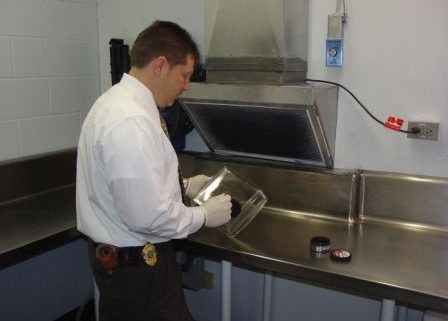
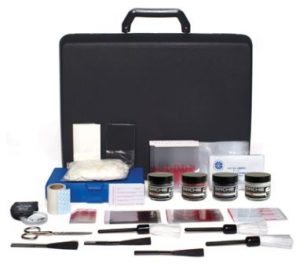
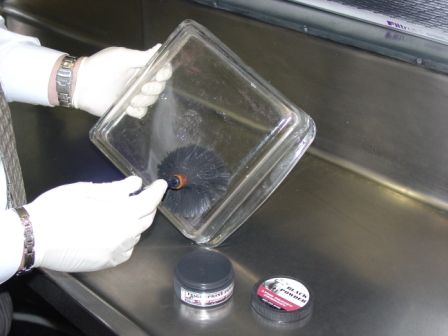
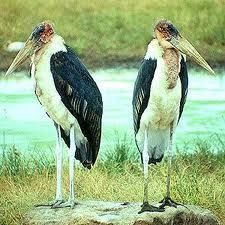
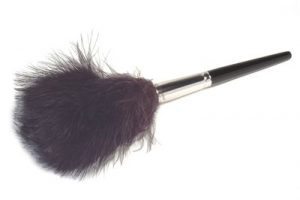
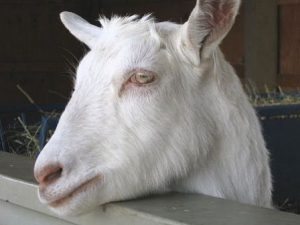

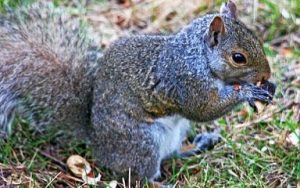
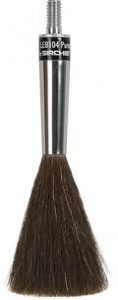
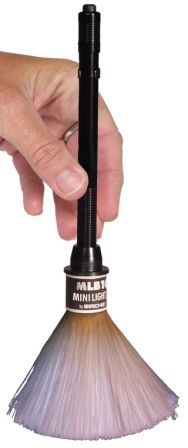




I had the good fortune to stumble across a woman in a market stall in Xi’an China, who was hand making brushes from of all things,baby hair. Probably not a fine enough hair for fingerprint brushes though. Presumably no babies were harmed in the making of the brushes.
Very interesting information.
Thanks for sharing it with us.
Teresa R.